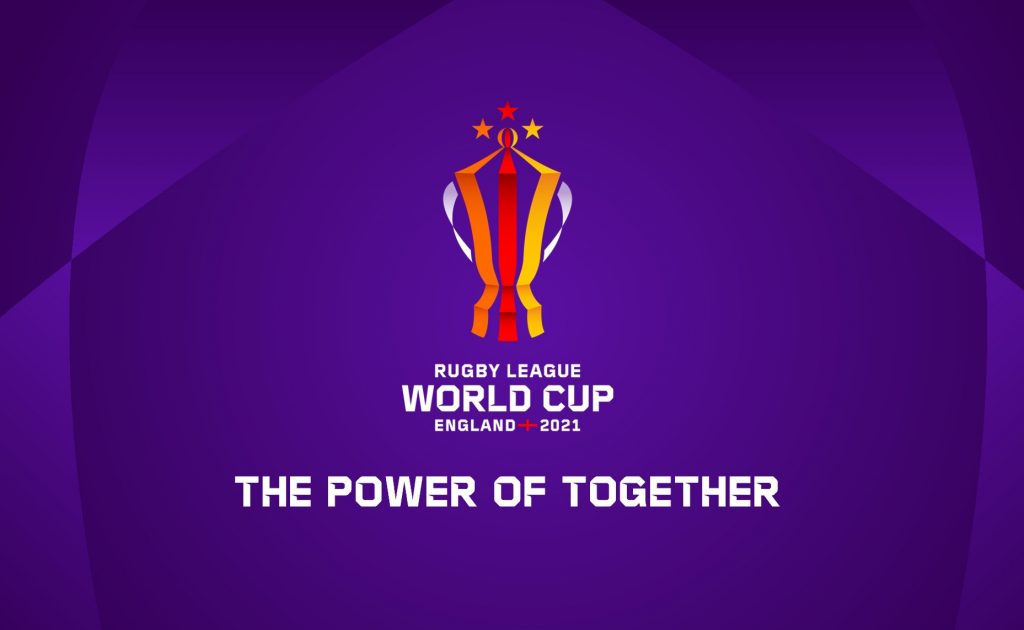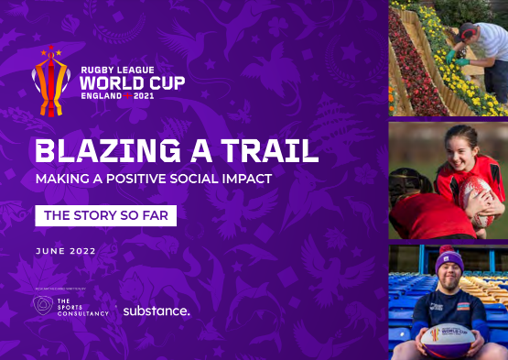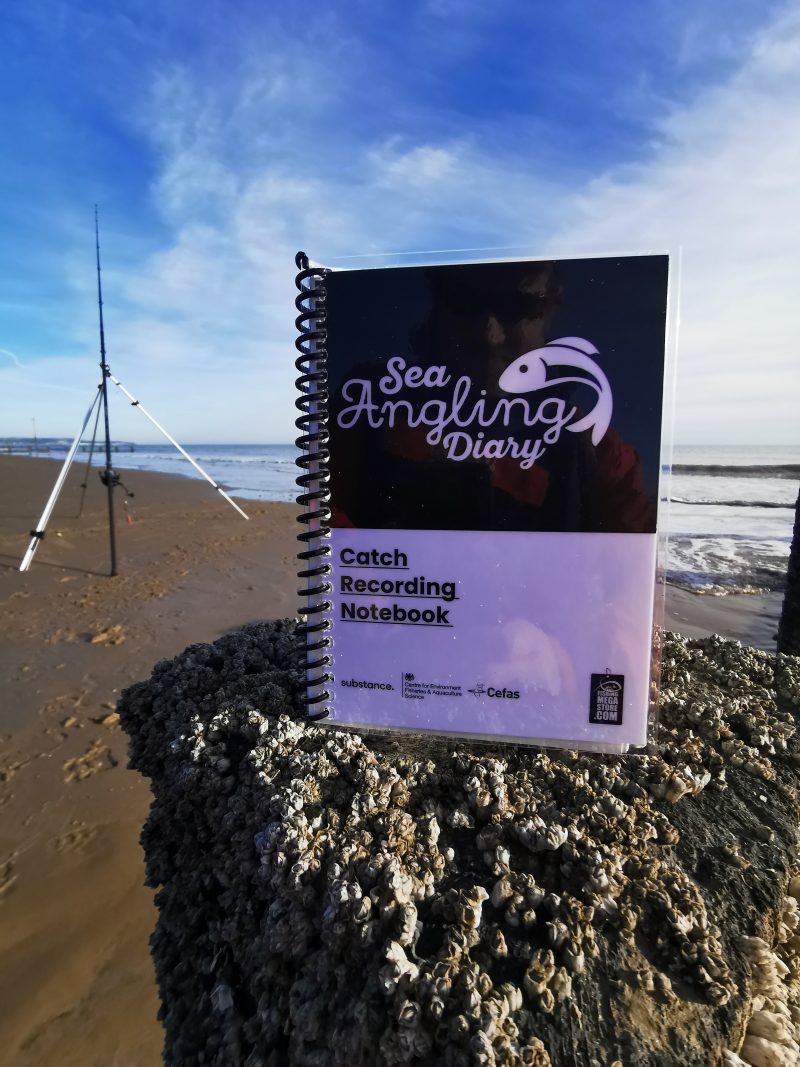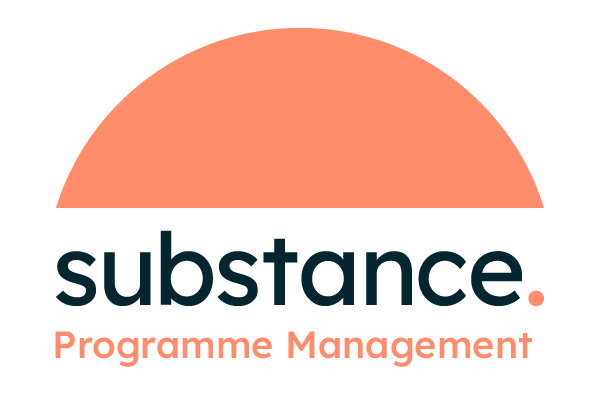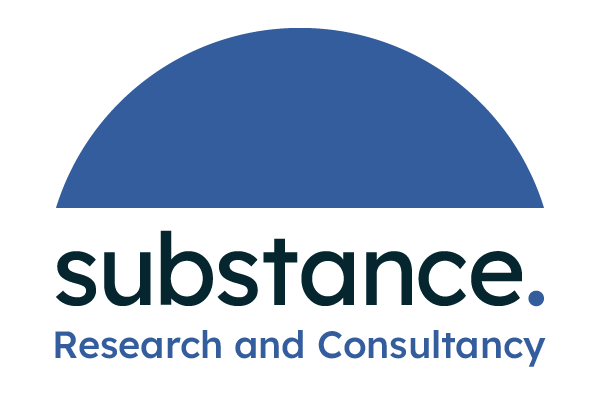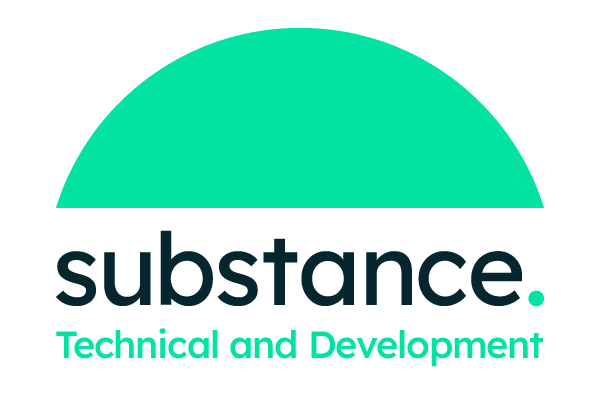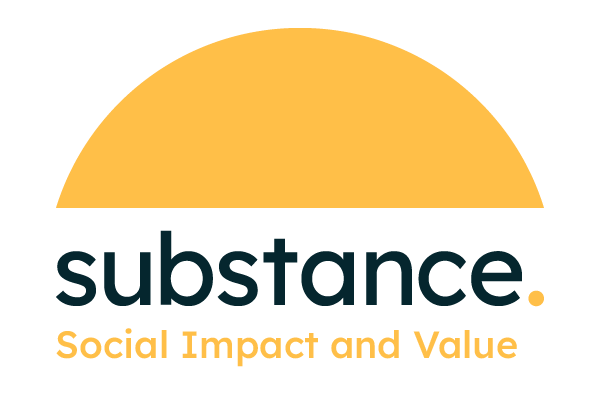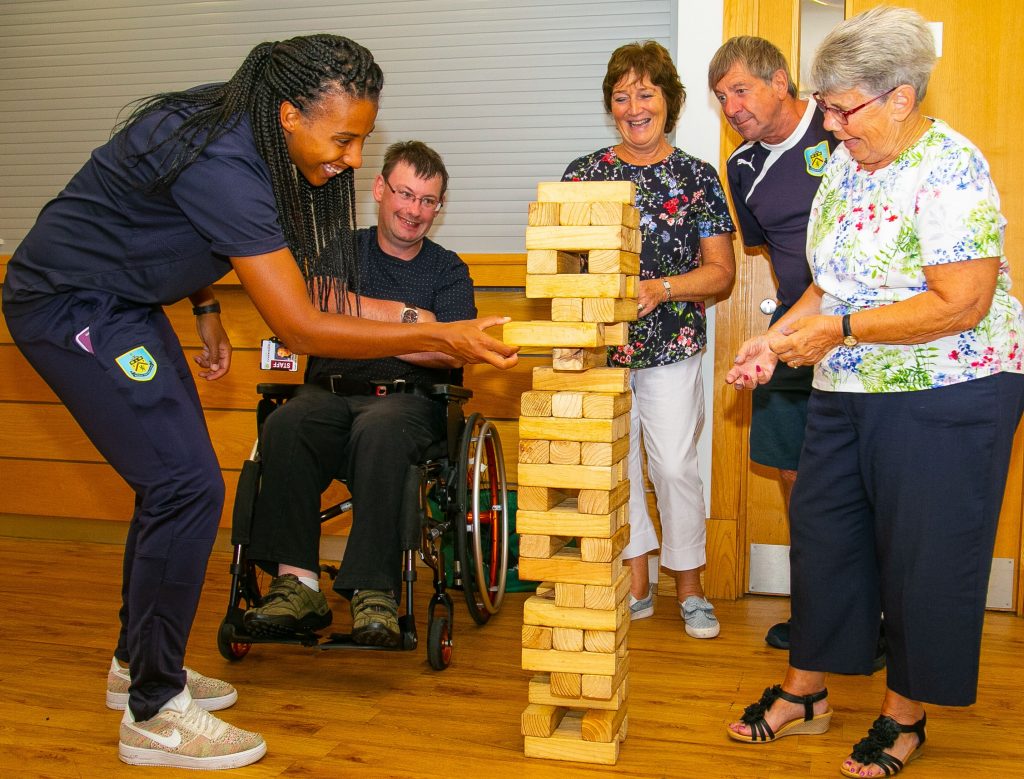
In the mid 1980’s Burnley FC were one of the first football clubs to establish a Community Scheme and by the turn of the century the various programmes of work were being managed through a registered charity. However, by the time the current CEO arrived in 2014, the charity had been declared insolvent with a much damaged reputation. As Neil Hart says, “My priorities in the first six months were to create a new charity, appoint a board of trustees, repair some relationships locally and design and deliver projects which responded to the needs of Burnley residents. It was the least that the football club and its supporters deserved.”
Such was the success of this work that, within a couple of years, Burnley FC in the Communityhad raised and invested almost £1 million into local projects that aimed to improve educational attainment, address health inequalities and reduce youth crime and anti-social behaviour. By 2018, with the charity having increased its turnover to £2.5 million and enjoying a growing reputation for the range of initiatives that were being undertaken, including the management of Whitehough Outdoor Centre, Neil and his Senior Management Team began to take stock.
He reflected, “We were proud that by then our work was attracting 25,000 individuals every year and we were pretty good at communicating this and the range of projects that they were involved in. But the staff and trustees were aware that we were essentially ‘marking our own homework’ and if we wanted to make the next big step as an organisation we would need to get much sharper with our monitoring and evaluation practices”.
Neil contacted Substance as he wanted to understand much more about the data his staff were collecting in Views about the people they were working with, the extent of their engagement, what they and others thought of the work and ultimately what difference Burnley in the Community were making. As he says, “None of this was a surprise to the staff, most had been with the organisation for at least three or four years so they knew this was coming and it was fully embraced”.
Over the next three months Substance worked with staff in their Sport and Activities, Education & Inclusion and Health Teams and agreed a range of quantitative and qualitative measures for the 27 different projects they were delivering. These were then individually benchmarked against what Substance considered was best practice across the Sport for Development sector before releasing the Scores application in their Views account.
First sight of the Scores results confirmed their instincts, that despite their success there was still more to do both in improving their data collection approaches and the outcomes and impact of their work. “What we wanted was an internal monitoring framework which compared us to the best in the country, which we now have. This is exactly where we wanted to be at this stage of our journey”, commented Neil. He continued, “We never wanted to be a charity that rested on its laurels; this was a critical piece of work which will help set us up for the next stage of our evaluation journey. Our focus over the next 12 months will be on improving our benchmarking scores, becoming a Great Organisation and determining the social and economic value of our work so we become the kind of charity that investors, funders and commissioners have 100% confidence in.”
To find out more about the Benchmarking Project see: [video_lightbox_youtube video_id=”arKA7q_Csvk” width=”640″ height=”480″ anchor=”Substance Scores”]

